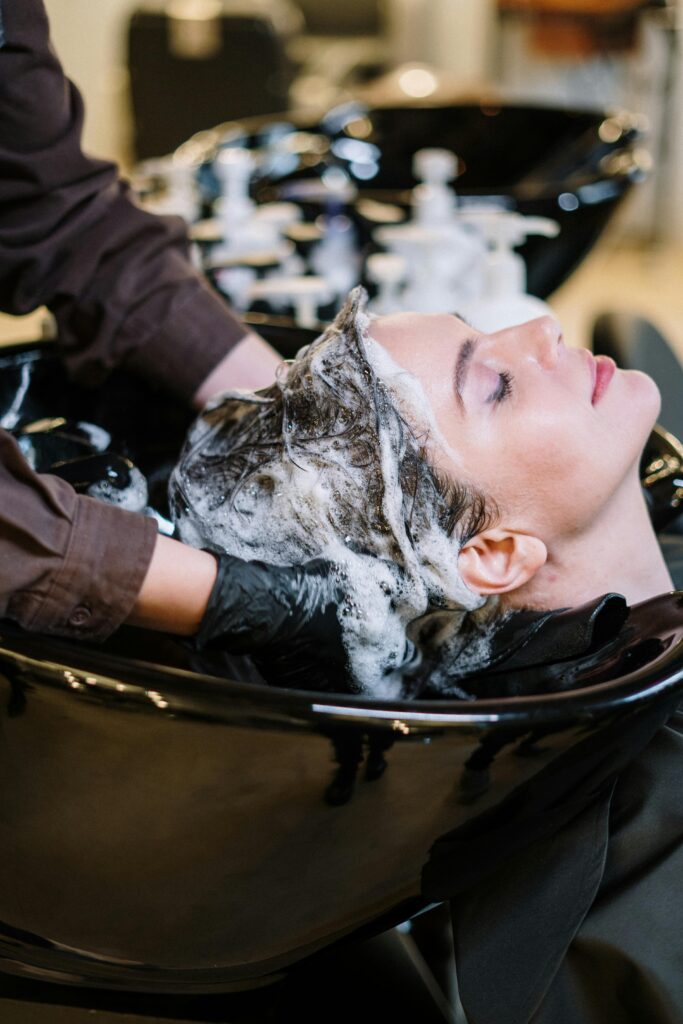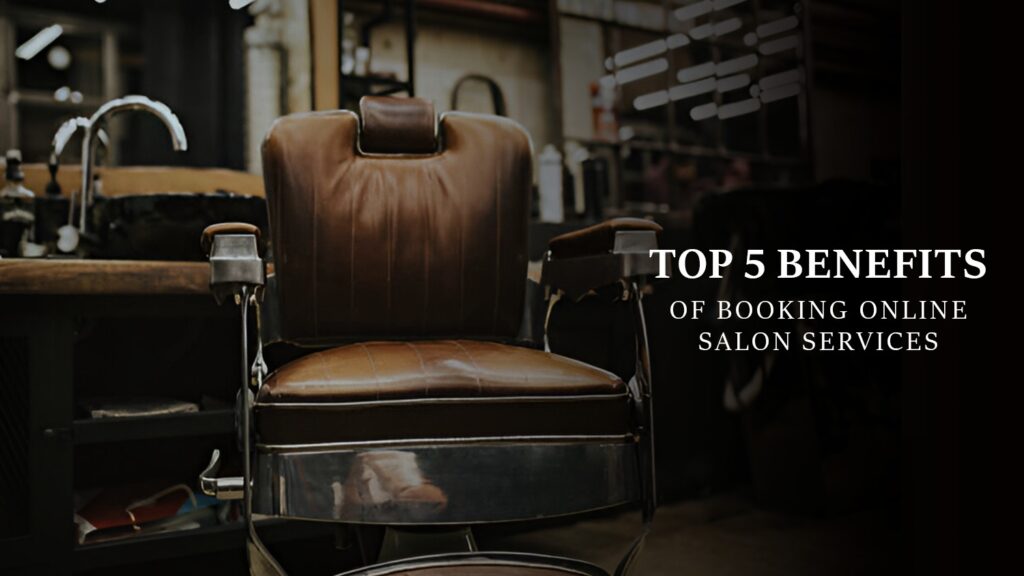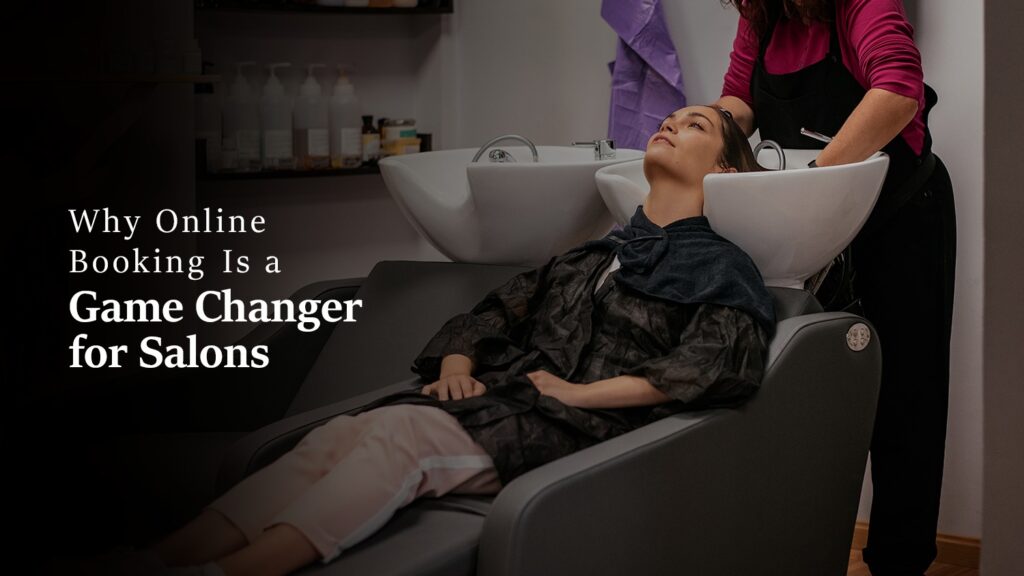In today’s fast-paced world, our hair often bears the brunt of environmental stressors, chemical treatments, and lifestyle factors. As a result, many of us find ourselves seeking solutions to restore our locks to their former glory. Two popular options that frequently come up in this quest are hair spas and hair treatments. While both aim to improve hair health, they differ significantly in their approach, techniques, and outcomes. This comprehensive guide will delve into the nuances of hair spas and hair treatments, helping you make an informed decision about which option might be best suited for your tresses.
Understanding the Basics: Hair Spa vs Hair Treatment
At first glance, hair spas and hair treatments may seem interchangeable, but they serve distinct purposes in the realm of hair care. A hair spa is generally a more holistic, relaxation-oriented experience that focuses on overall scalp and hair health. It typically involves a series of steps designed to cleanse, nourish, and rejuvenate both the scalp and hair shafts.
On the other hand, hair treatments are more targeted interventions aimed at addressing specific hair concerns. These can range from issues like dryness and frizz to more severe problems such as hair loss or damage from chemical processes. Hair treatments often involve the use of specialized products or techniques to tackle these particular issues.
The Hair Spa Experience: A Journey to Relaxation and Rejuvenation
Hair spas have gained popularity as a way to pamper oneself while simultaneously improving hair health. Let’s break down the typical steps involved in a hair spa session:
1. Scalp Analysis and Consultation
Before beginning the spa treatment, a trained professional will examine your scalp and hair to determine their current condition. This step is crucial in tailoring the spa experience to your specific needs.
2. Oil Massage
The process usually starts with a soothing oil massage. This step is designed to improve blood circulation in the scalp, which can promote hair growth and overall scalp health. The massage also helps in relaxing tense muscles and reducing stress.
3. Cleansing
Following the massage, your hair will be thoroughly cleansed using a shampoo appropriate for your hair type. This step removes any excess oil, dirt, or product buildup from your scalp and hair.
4. Deep Conditioning
A nourishing hair mask or deep conditioner is then applied. This product is usually left on for a specified period to allow the nutrients to penetrate the hair shaft, providing intense hydration and nourishment.
5. Steam Treatment
Many hair spas incorporate a steam treatment at this stage. The steam helps to open up the hair cuticles, allowing for better absorption of the conditioning products. It also promotes blood circulation in the scalp.
6. Final Rinse and Styling
The treatment concludes with a thorough rinse and gentle styling of your hair. You’ll likely leave the salon with soft, shiny, and manageable locks.
The Benefits of Regular Hair Spas
Incorporating regular hair spa sessions into your hair care routine can yield several benefits:
- Improved scalp health
- Enhanced hair texture and shine
- Reduced stress and tension
- Better blood circulation in the scalp
- Hydration for dry or damaged hair
However, it’s important to note that while hair spas can significantly improve the overall condition of your hair, their effects are generally temporary. To maintain the benefits, you’ll need to schedule regular sessions, typically every 2-4 weeks.
Hair Treatments: Targeted Solutions for Specific Concerns
Unlike the more generalized approach of hair spas, hair treatments are designed to address particular hair issues. These treatments can vary widely depending on the specific problem being targeted. Let’s explore some common types of hair treatments:
1. Keratin Treatments
Keratin treatments, also known as Brazilian blowouts, are popular for those struggling with frizzy or unmanageable hair. These treatments involve applying a keratin-based solution to the hair, which is then sealed in using heat. The result is smoother, straighter hair that’s easier to style.
Benefits of Keratin Treatments:
- Reduced frizz
- Increased manageability
- Smoother, shinier hair
- Time-saving in daily styling routines
Considerations:
- Results typically last 3-6 months
- Can be expensive
- May contain harsh chemicals
2. Protein Treatments
Protein treatments are ideal for hair that’s been damaged by chemical processes or heat styling. These treatments work by replenishing the protein in your hair, which is essential for its structure and strength.
Benefits of Protein Treatments:
- Strengthened hair strands
- Reduced breakage
- Improved elasticity
- Enhanced shine
Considerations:
- Frequency depends on hair condition
- Overuse can lead to protein overload
- Best done by professionals for optimal results
3. Scalp Treatments
For those dealing with issues like dandruff, dry scalp, or excessive oiliness, scalp treatments can be a game-changer. These treatments focus on balancing the scalp’s environment to promote healthier hair growth.
Benefits of Scalp Treatments:
- Reduced dandruff and flakiness
- Balanced oil production
- Improved scalp health
- Potential for increased hair growth
Considerations:
- May require multiple sessions for best results
- Can be combined with other hair treatments
- Important to address underlying causes of scalp issues
4. Hair Loss Treatments
Hair loss treatments encompass a wide range of options, from topical solutions to more advanced procedures like PRP (Platelet-Rich Plasma) therapy or hair transplants.
Benefits of Hair Loss Treatments:
- Potential to slow or stop hair loss
- Possibility of hair regrowth
- Improved hair density
- Boosted confidence
Considerations:
- Results can vary widely between individuals
- May require long-term commitment
- Some treatments can be costly
Choosing Between Hair Spa and Hair Treatment
When deciding between a hair spa and a hair treatment, consider the following factors:
- Your specific hair concerns: If you have a particular issue like severe damage or hair loss, a targeted treatment might be more beneficial. For general maintenance and relaxation, a hair spa could be the better choice.
- Time commitment: Hair spas are generally quicker, often completed in an hour or two. Some hair treatments, especially those for significant issues, may require multiple sessions over an extended period.
- Budget: Hair treatments, particularly those addressing specific problems, can be more expensive than regular hair spa sessions.
- Desired results: Hair treatments often provide more dramatic, longer-lasting results for specific issues. Hair spas offer overall improvement but may require more frequent sessions to maintain results.
- Chemical sensitivity: Some hair treatments involve strong chemicals. If you have sensitive skin or are concerned about chemical exposure, a more natural hair spa approach might be preferable.
Combining Hair Spas and Treatments
It’s worth noting that hair spas and treatments are not mutually exclusive. In fact, many hair care professionals recommend combining both for optimal hair health. For example, you might undergo a keratin treatment to address frizz and then maintain your hair with regular hair spa sessions. Always consult with a hair care professional to determine the best combination for your specific needs.
At-Home Options: DIY Hair Spas and Treatments
While professional services often yield the best results, there are ways to incorporate elements of hair spas and treatments into your at-home hair care routine:
DIY Hair Spa:
- Start with a warm oil massage
- Apply a deep conditioning mask
- Create a steam effect using a warm, damp towel
- Rinse thoroughly and style as usual
At-Home Treatments:
- Use protein-rich hair masks for strengthening
- Apply scalp treatments to address specific scalp issues
- Incorporate leave-in treatments for ongoing nourishment
Remember, while these at-home options can be beneficial, they may not be as effective as professional services, especially for more severe hair issues.
The Role of Nutrition in Hair Health
While external treatments are important, it’s crucial to remember that hair health starts from within. A balanced diet rich in proteins, vitamins, and minerals is essential for maintaining healthy hair. Some key nutrients for hair health include:
- Protein
- Biotin
- Vitamin E
- Iron
- Omega-3 fatty acids
Consider incorporating these nutrients into your diet or consult with a healthcare professional about supplements if you’re concerned about deficiencies.
The Impact of Lifestyle on Hair Health
Your daily habits and lifestyle choices can significantly affect your hair’s condition. Factors that can impact hair health include:
- Stress: High stress levels can lead to hair loss and other scalp issues.
- Sleep: Lack of sleep can affect hormone levels, potentially impacting hair growth.
- Exercise: Regular exercise improves blood circulation, benefiting scalp health.
- Hydration: Proper hydration is crucial for maintaining healthy hair and scalp.
- Heat styling: Overuse of heat styling tools can damage hair over time.
Addressing these lifestyle factors in conjunction with hair spas or treatments can lead to better overall results.
The Future of Hair Care: Emerging Trends and Technologies
The world of hair care is constantly evolving, with new treatments and technologies emerging regularly. Some exciting developments to watch include:
- Stem cell therapy: This promising treatment aims to stimulate hair growth at the cellular level.
- Personalized hair care: Advanced diagnostics leading to highly tailored treatment plans.
- Sustainable and eco-friendly products: A growing focus on environmentally conscious hair care options.
- AI-powered hair analysis: Using artificial intelligence to provide more accurate hair and scalp assessments.
As these technologies develop, we can expect even more targeted and effective options for hair care in the future.
Conclusion: Making the Right Choice for Your Hair
Whether you opt for a relaxing hair spa experience or a targeted hair treatment, the key is to make an informed decision based on your specific needs, budget, and hair goals. Remember that consistency is crucial in any hair care routine, and results may take time to become noticeable.
Consider consulting with a professional hair stylist or trichologist to get personalized advice on the best approach for your hair. They can assess your hair’s condition, discuss your concerns, and recommend a tailored plan that might include a combination of treatments, at-home care, and lifestyle adjustments.
Ultimately, the journey to healthier, more beautiful hair is a personal one. By understanding the differences between hair spas and treatments, and considering all the factors that contribute to hair health, you’ll be well-equipped to make choices that lead to the luscious locks you desire.



